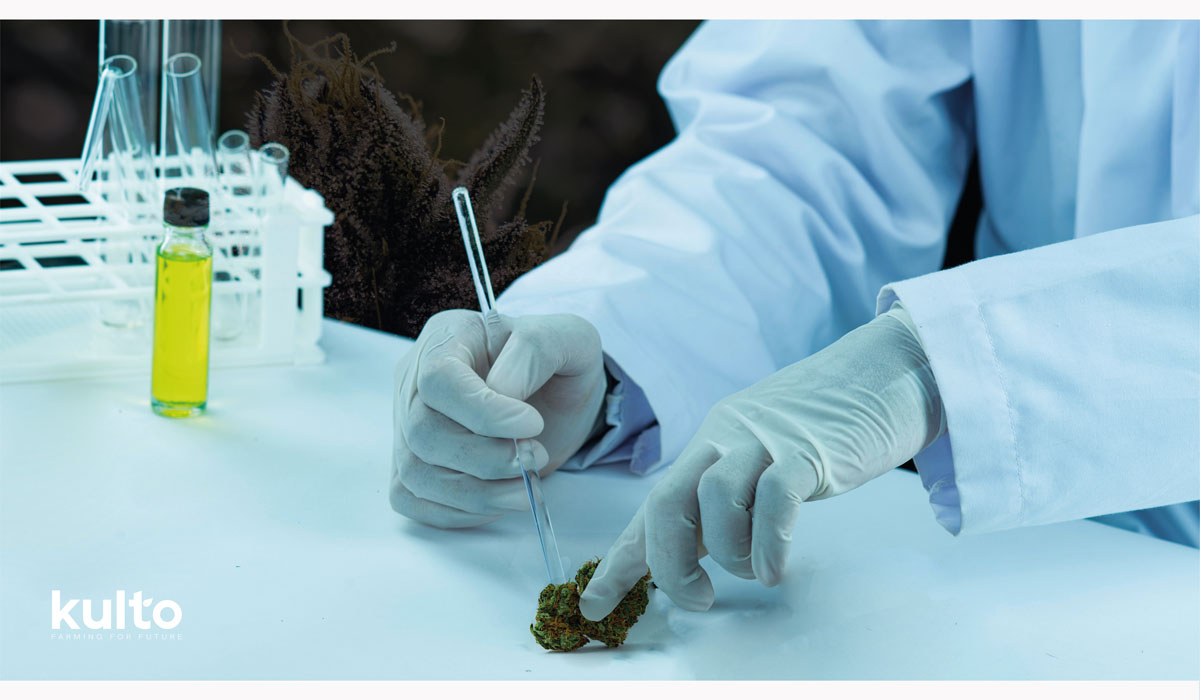In the context of medical research, let's objectively explore the intricate journey that medical cannabis undergoes before being introduced to the market. This process, guided by rigorous protocols, plays a critical role in the development of new treatments.
The Crucial Phases:
Phase 0 - Exploratory Study: The initial phase involves the preliminary collection of data on the body's response to cannabis compounds. This is a fundamental investigation that provides the basis for subsequent phases of the process.
Phase I - Safety Testing: Here, the safety profile and safe dosages are identified. It's a crucial moment that determines the initial safety of the treatment.
Phase II - Efficacy and Side Effects: In this phase, the efficacy of medical cannabis is evaluated in a larger group of patients, and side effects are closely monitored. This allows for the collection of more detailed data on treatment effectiveness.
Phase III - Confirmation: The confirmation phase compares cannabis-based treatment with existing treatments and verifies effectiveness in an even larger sample of patients. It's a crucial step to obtain final approval.
Phase IV - Post-Marketing Surveillance: Once the treatment is on the market, this phase involves long-term monitoring to assess any long-term side effects and ensure the ongoing safety of the treatment.
Precautions During Medical Trials:
All participants undergo informed consent and constant monitoring to ensure the objectivity and safety of the process.
Dosage regulation, a significant challenge, is addressed with the utmost precision to ensure reliable results
Patient data protection is a priority in accordance with current regulations.
Implications for the Future: This in-depth look at the journey of medical cannabis reflects a constant commitment to medical innovation. Progress in this area could lead to new treatments for a wide range of medical conditions, improving the quality of life for many patients. What do you think might emerge from this approach? Share your thoughts.

